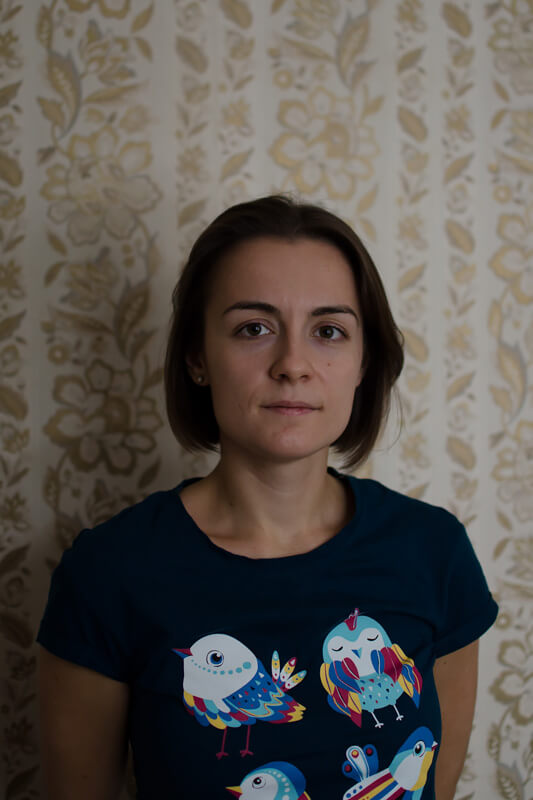Tatiana Bornatova is a documentary photographer from Moscow, now is based in Sevastopol. She currently engaged in personal projects in Russia. Her work focuses on topics devoted to social problems and phenomena of modern Russian society. She studied documentary photography and photojournalism at the School of Modern Photography Docdocdoc (St. Peterburg, Russia). Continues to study in the direction of post-documentary photography. Her projects were published in the REGNUM News Agenсу, IZ Magazine, FLIP Magazine, F-Stop Magazine, Dodho Magazine. Tatiana became a participant in the projection festival Nuits Photographiques d’Essaouira (Essaouira, Morocco) and World Biennial Of Student Photography (Novi Sad, Serbia).
Underground
In ancient underground quarries, all is in full swing by day and night. Both adventurers and serious researchers - speleologists and spelestologists - come here. Speleology is the study of naturally - occurring caves, and spelestology is the study of underground cavities not used for intended purposes.
In the fourteenth century, in Outer Moscow people began mining stone underground using closed methods. It lasted until the nineteenth century. Under Stalin, entrance to the underground was strictly forbidden, but this did not stop people going on adventures. In the 1960s, the masses started to venture into the underground. Then they started to blow up the entrances to caves. Access to the underground became much more difficult, but the interest for anthropogenic underground caves did not cease to exist. Starting in the 1980s, spelestologists and enthusiasts again started to look for underground caverns, previously forbidden in Soviet times.
The analysis of old rubble, digging up and exploring passages, and topographic surveys all require staying underground for several days at a time. In the caves specialists would start to allocate grottos for toilets, sleeping, eating and collecting water, as well as strengthening areas that were prone to collapsing. The walls were covered with drawings, inscriptions, artefacts and graffiti. These new traditions and rules resulted in the formation of new subcultures.
Visiting caves now is very entertaining. More and more often, they are being visited by thrill seekers, people who like to drink, unofficial excursion groups, and bloggers. Often people go underground without knowing basic safety precautions. That said, the risks in underground caves are not few: one could get lost or end up in a rock collapse. Spelestologists think negatively of amateurs who try to prevent filming and unofficial tours. A few of the researchers carry out excavations and study the underground caverns, but the increase in popularity is starting to disturb their work. They try to keep the whereabouts of newly discovered caves secret.
The photographs in this project were taken in the Moscow Oblast, in the Syankovsk and Novlensk caves, and also in the Kamkinsk quarry, more well-known as Kiseli.
